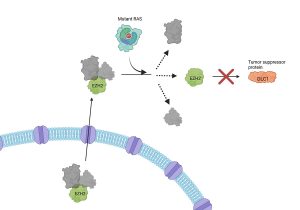Hospital Closures Had No Measurable Impact On Local Hospitalization Rates Or Mortality Rates, 2003-11 [Access To Care]
The Affordable Care Act (ACA) set in motion payment changes that could put pressure on hospital finances and lead some hospitals to close. Understanding the impact of closures on patient care and outcomes is critically important. We identified 195 hospital closures in the United States between 2003 and 2011. We found no significant difference between the change in annual mortality rates for patients living in hospital service areas (HSAs) that experienced one or more closures and the change in rates in matched HSAs without a closure (5.5 percent to 5.2 percent versus 5.4 percent to 5.4 percent, respectively). Nor was there a significant difference in the change in all-cause mortality rates following hospitalization (9.1 percent to 8.2 percent in HSAs with a closure versus 9.0 percent to 8.4 percent in those without a closure). HSAs
The Affordable Care Act (ACA) set in motion payment changes that could put pressure on hospital finances and lead some hospitals to close. Understanding the impact of closures on patient care and outcomes is critically important. We identified 195 hospital closures in the United States between 2003 and 2011. We found no significant difference between the change in annual mortality rates for patients living in hospital service areas (HSAs) that experienced one or more closures and the change in rates in matched HSAs without a closure (5.5 percent to 5.2 percent versus 5.4 percent to 5.4 percent, respectively). Nor was there a significant difference in the change in all-cause mortality rates following hospitalization (9.1 percent to 8.2 percent in HSAs with a closure versus 9.0 percent to 8.4 percent in those without a closure). HSAs with a closure had a drop in readmission rates compared to controls (19.4 percent to 18.2 percent versus 18.8 percent to 18.3 percent). Overall, we found no evidence that hospital closures were associated with worse outcomes for patients living in those communities. These findings may offer reassurance to policy makers and clinical leaders concerned about the potential acceleration of hospital closures as a result of health care reform.
SOURCE: Health Affairs current issue – Read entire story here.








